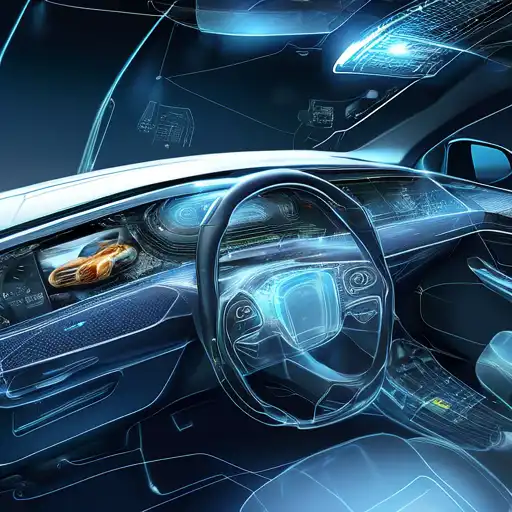Introduction to Embedded Systems in Automotive
Embedded systems have become the backbone of modern automotive engineering, driving innovations that enhance safety, efficiency, and user experience. These specialized computing systems are designed to perform dedicated functions within larger mechanical or electrical systems, making them indispensable in today's vehicles.
The Role of Embedded Systems in Automotive Safety
Safety is paramount in the automotive industry, and embedded systems play a critical role in ensuring it. From advanced driver-assistance systems (ADAS) to anti-lock braking systems (ABS), embedded systems provide the intelligence and responsiveness needed to prevent accidents and protect passengers.
Advanced Driver-Assistance Systems (ADAS)
ADAS technologies, such as adaptive cruise control and lane-keeping assist, rely heavily on embedded systems to process real-time data from sensors and cameras, making split-second decisions that can save lives.
Anti-lock Braking Systems (ABS)
ABS uses embedded systems to monitor wheel speed and prevent skidding during emergency stops, showcasing how these systems contribute to safer driving conditions.
Innovations Driven by Embedded Systems
Beyond safety, embedded systems are at the heart of automotive innovation, enabling features like electric vehicle (EV) management systems and connected car technologies that redefine the driving experience.
Electric Vehicle Management Systems
Embedded systems manage battery life, power distribution, and energy efficiency in EVs, highlighting their role in the shift towards sustainable transportation.
Connected Car Technologies
From navigation to entertainment, embedded systems facilitate the seamless integration of IoT devices in vehicles, offering drivers and passengers unparalleled convenience and connectivity.
Future Trends in Automotive Embedded Systems
The future of automotive embedded systems lies in autonomous driving and AI integration, promising to revolutionize the way we think about transportation. As these technologies evolve, embedded systems will continue to be the cornerstone of automotive innovation and safety.
Autonomous Driving
Self-driving cars depend on sophisticated embedded systems to interpret sensor data and make real-time driving decisions, paving the way for a future with reduced human error on the roads.
AI Integration
Artificial intelligence enhances the capabilities of embedded systems, enabling more complex decision-making processes and personalized driving experiences.
Conclusion
Embedded systems are transforming the automotive industry, making vehicles safer, more efficient, and more connected than ever before. As technology advances, the potential for further innovation is limitless, ensuring that embedded systems will remain at the forefront of automotive development.
For more insights into the latest automotive technologies, check out our technology trends section.
